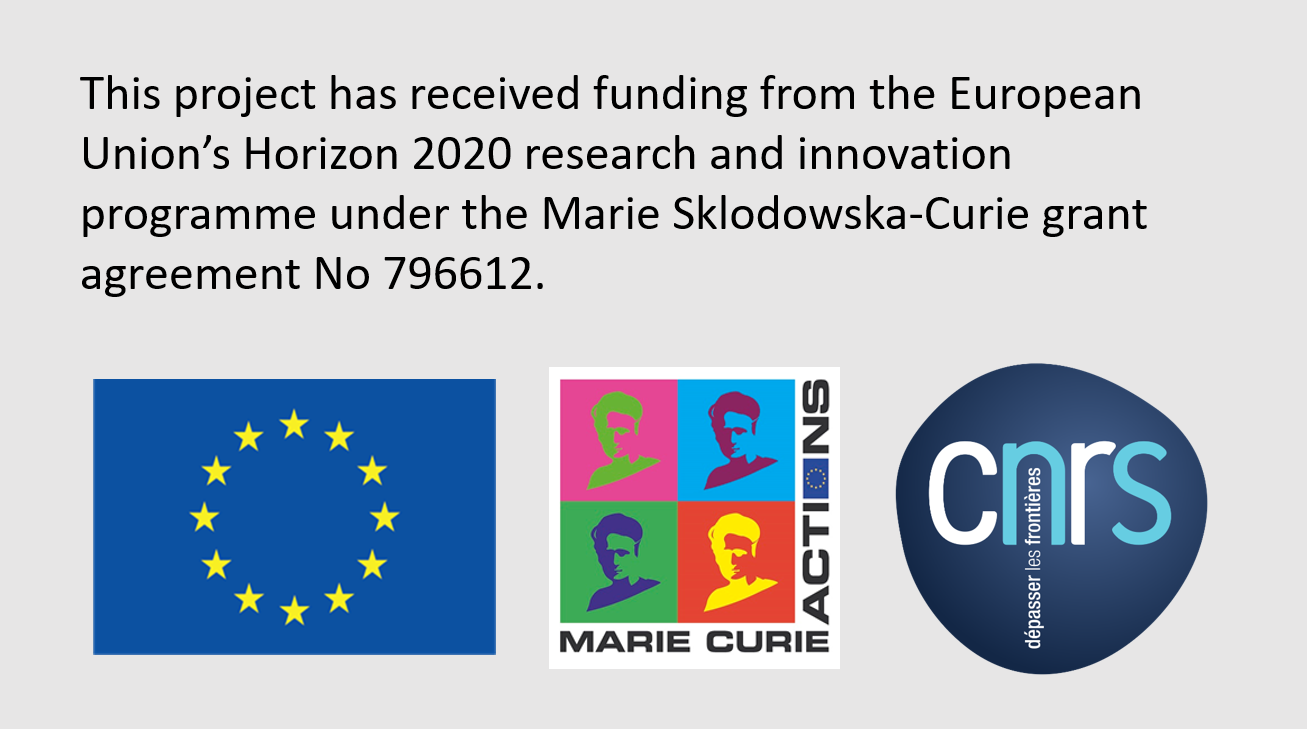MSCA-IF: Supramolecular Chemistry for super-resolution microscopy

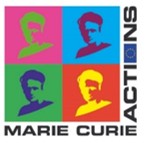
Vicente Martí Centelles MSCA-IF project focuses on supramolecular systems for advancing the field of fluorescence imaging. This research is carried out through his Marie Curie IF fellowship in the Nathan McClenaghan research group at the Institut des Sciences Moléculaires (CNRS/Université de Bordeaux) and Laurent Cognet research group at the Laboratoire Photonique Numérique et Nanosciences - Institut d'Optique Graduate School (CNRS/Université de Bordeaux). Super-resolution microscopy allows obtaining high-resolution images overcoming the light diffraction limit. Thanks to the Marie Curie Individual Fellowship that I obtained, I am developing fluorescent supramolecular systems able to work efficiently in this microscopy techniques. CORDIS EU web page of the MSCA-IF project https://cordis.europa.eu/project/rcn/215464.
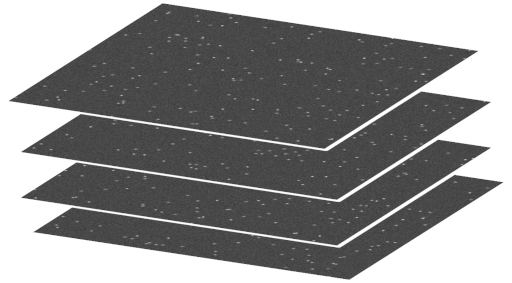
This project allows integrating state of the art knowledge acquired during my career to develop functional molecules with tailored properties for microscopy, focusing on specific properties for potential biological applications. It is fascinating to be able to detect single molecules using microscopy. This allows studying the individual behavior of molecules that cannot be distinguished using bulk measurements, where it is only possible to measure average values. Single-molecule detection can be performed in a optical microscope using appropriate fluorescent molecules, excitation laser, and a camera. The image on the right shows different frames containing single molecules simulated with ThunderSTORM in ImageJ, and illustrates the process of detecting single molecules over time to reconstruct a high-resolution image by processing all the individual frames.
How super-resolution microscopy works?
To form an image of an object immersed in a medium with refractive index n, one collects the light of wavelength λ from the object with a half-angleθ. This yields to a minimum resolvable distance between details of the object of d = λ/(2n sin θ) known as Abbe diffraction limit. For example, for green light of λ = 500 nm and (n sin θ) = 1, the Abbe limit is d = λ/2 = 250 nm = 0.25 μm. The simulations were performed using the Airy Patterns software from Olympus web page.
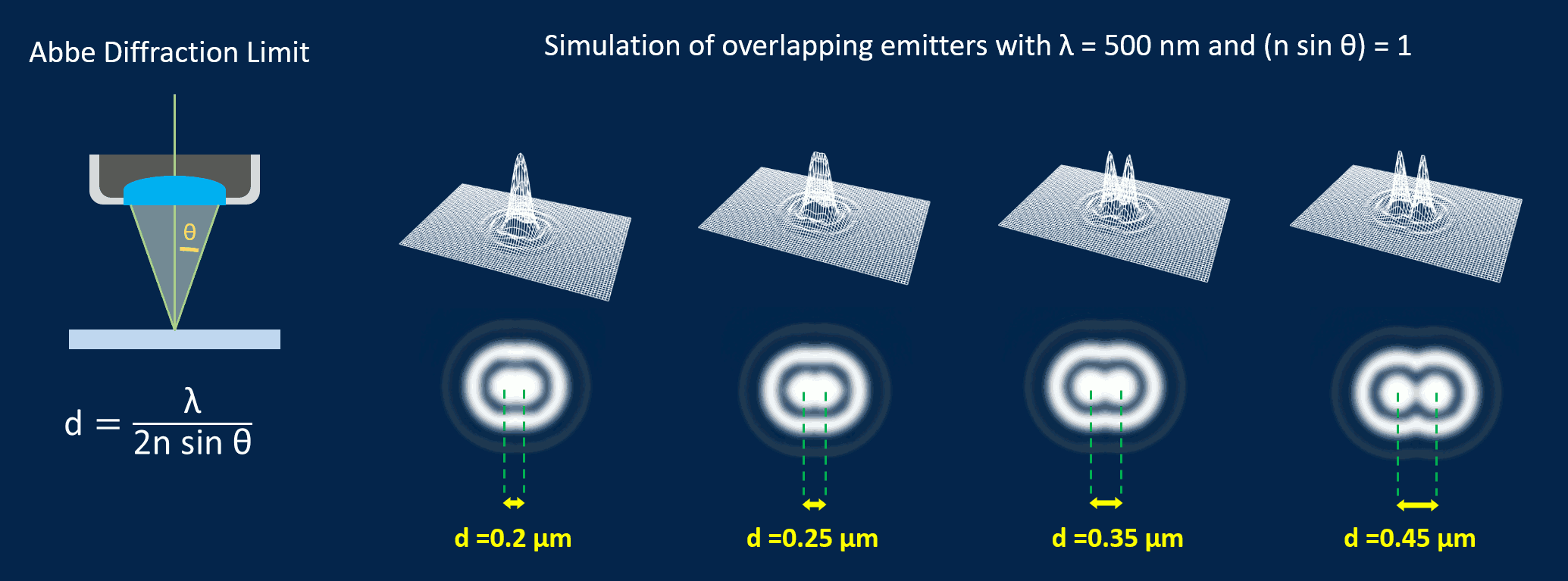
Super-resolution microscopy overcomes the Abbe diffraction limit by the localization of the exact position of fluorescent emitters during a time series measurement that resembles a movie. During this experiment the emitters alternate between on off and on states. This effect is achieved using individual independent photo-switchable emitters that are stochastically blinking from the bright state to the dark state. Using specific algorithms, the position of all individual emitters is determined, and the final super-resolved image is obtained from all the positions determined in all acquired frames.
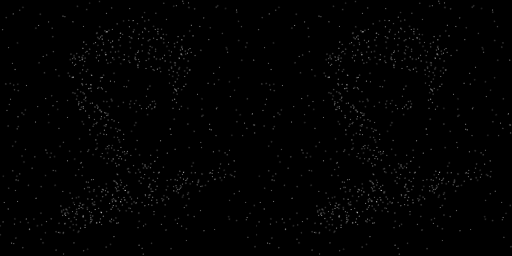
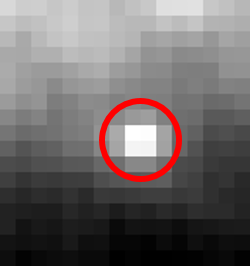
Super-resolution microscopy experiments allow determining the position of single molecules and also measuring the intensity of the emitted light (see image on the right). The integration of the area provides the variation of the intensity of the emitted light over the different frames. The existence of long-lived dark states in synthetic fluorescent dyes can be used to stochastically photoswitch single molecules from ON state into an OFF state resulting in a duty cycle, defined as "the cycle of operation of a machine or other device which operates intermittently rather than continuously." As such, the most important parameter is the amount of time where the single-molecule is in the ON state during the cycle of operation as a percentage of the time. Suitable fluorescent dyes for super-resolution microscopy should have a duty cycle of 1% or less.
In the figure below, the variation of the fluorescence intensity over the frames (i.e. time) is shown. It can be observed two different states, ON and OFF, between which the molecule changes. Each square represents a pixel in the camera and the gray level corresponds to the signal intensity, going from dark low intensity to bright for high intensity.
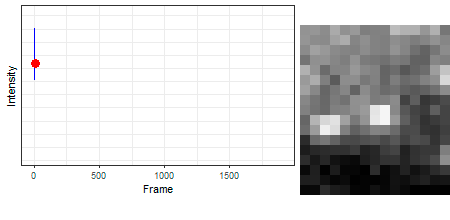
Outreach of the action
During the course of the MSCA-IF action, different dissemination activities have been performed. For this, Vicente participated in different outreach activities for disseminating his research work targeting a broad audience.
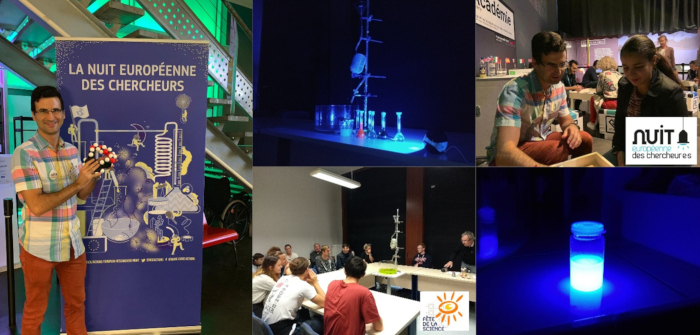
These activities include the European researcher night 2019 in Bordeaux, the "Fete de la Science 2019" at Institut de Sciences Molecularies in Bordeaux and an interview with the "Sociedad para el Avance Científico" to talk about my Marie Curie Fellowship.
During the interview, Vicente explained the benefits of being an MSCA-IF fellow and the main objectives and challenges in his MSCA-IF project.
This unique project combines world class expertise of three different areas:
"Vicente is an expert in supramolecular chemistry, the main supervisor expert in photochemistry, and the secondary supervisor who is a specialist in microscopy. The MSCA-IF fellowship integrates those three parts into an ambitious project that could achieve very good results within two years. In those 3 parts, Vicente designs and synthetizes molecules to have specific properties. Then, photophysical measurements allow to see if the molecules really meet the properties they should have for microscopy. If they have the properties required for microscopy, then the next step takes place with microscopy measurements. Otherwise, if they do not have these properties, the molecules need to be redesigned."
Vicente pointed out the challenges in the project:
"Working in aqueous media remains a challenge for organic chemistry as all synthetic methods are developed for organic solvents and in many cases, dry solvents. Molecules need to be soluble in organic media to carry out the synthesis and for the final application, they need to be soluble in water."
The problem that the project aims to solve is:
"Super resolution microscopy requires specific techniques where dye molecules have to blink, being a few moments without fluorescence and other moments with large fluorescence, that is, vary between ON/OFF states. To achieve this, current techniques need a series of conditions that are not compatible with living cells, and the projects aims to develop molecules capable of being in ON/OFF states in conditions compatible with the cellular environment. That is the project goal: to prepare autonomous molecules that are capable of having the fluorescence ON/OFF property in any medium."
The
transcript and Youtube video
of the Interview by SACSIS (2nd December 2019) are available for further details about the process of getting a Marie Curie Fellowship, the benefits from it and an overview of the project objectives.
Overall the Marie Curie fellowship is an excellent opportunity to improve professionally and it offers the possibility of learning new techniques and acquire new skills. I encourage researchers to apply to this wonderful fellowship program. My three tips for preparing an MSCA-IF proposal are: (1) Find a group that is complementary to your knowledge so that you learn something new and the receiving group benefits from you. (2) Start writing the proposal early to have time to edit the draft and ask for feedback to improve it. (3) Revise multiple times the proposal and obtain information and from specialized courses, and ask friends to review the proposal.
Funding
